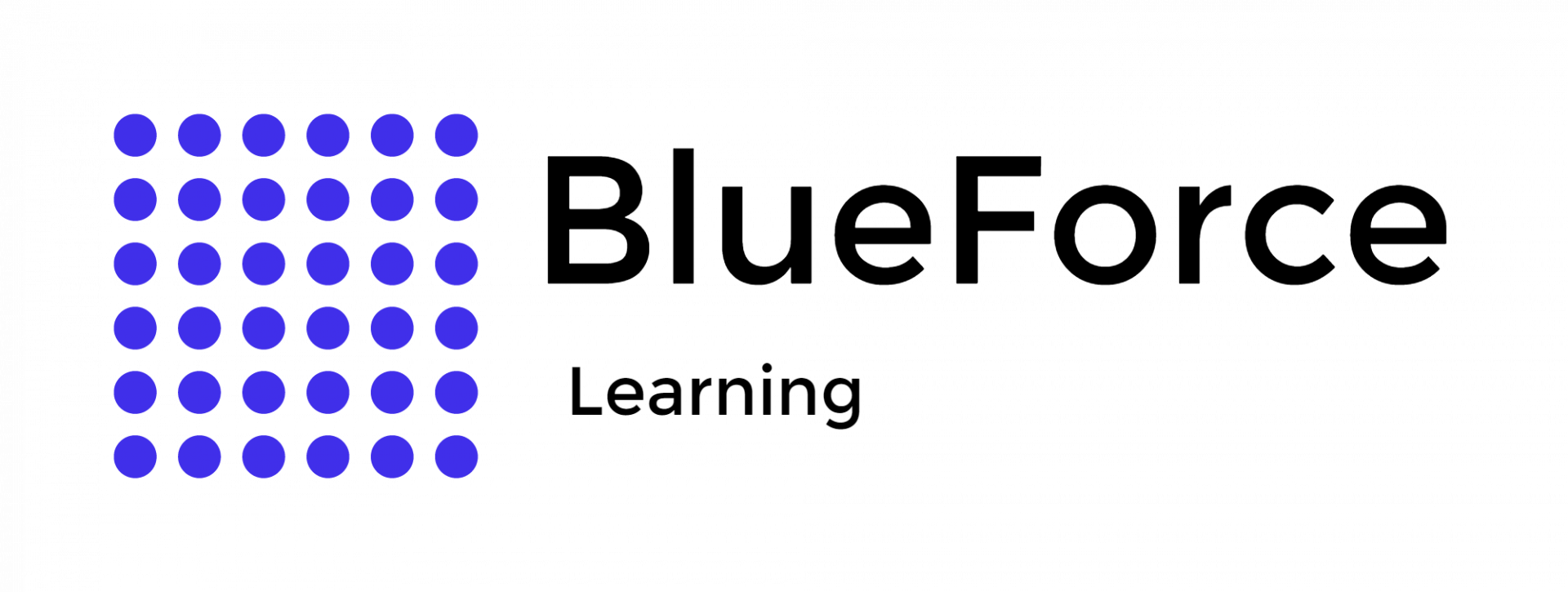Aug 18
Understanding Crime Analysis with Crime Mapping in Modern Policing
The history of crime analysis with crime mapping is as intriguing as it is integral to modern policing. Dating back to the 19th century, when the French criminologist Alphonse Bertillon used hand-drawn maps to analyze patterns in criminal activities, this practice has evolved significantly with technological advancements.
Today, crime mapping plays a crucial role in strategic planning and decision-making within law enforcement agencies worldwide. But what is crime mapping In criminology?
Crime mapping is a visual representation of where crimes occur, the type of crimes committed, and the frequency of these offenses. It is a crucial component of effective crime analysis as it facilitates a better understanding of crime patterns and trends over a certain geographic area.
The prominent crime mapping in criminology example can be explained by a hypothetical situation. Suppose a law enforcement officer must determine the number of burglaries and auto thefts in a particular area. They use crime-mapping techniques to pinpoint the hot spots and prevention methods to avoid these crimes in a neighborhood. The timely actions and prevention techniques will help these officers avoid hefty burglaries and auto thefts in the area.
Today, crime mapping plays a crucial role in strategic planning and decision-making within law enforcement agencies worldwide. But what is crime mapping In criminology?
Crime mapping is a visual representation of where crimes occur, the type of crimes committed, and the frequency of these offenses. It is a crucial component of effective crime analysis as it facilitates a better understanding of crime patterns and trends over a certain geographic area.
The prominent crime mapping in criminology example can be explained by a hypothetical situation. Suppose a law enforcement officer must determine the number of burglaries and auto thefts in a particular area. They use crime-mapping techniques to pinpoint the hot spots and prevention methods to avoid these crimes in a neighborhood. The timely actions and prevention techniques will help these officers avoid hefty burglaries and auto thefts in the area.
What is the Significance of Crime Analysis With Crime Mapping?
Crime mapping is a powerful tool used by law enforcement to analyze and visualize crime patterns. By leveraging Geographic Information Systems (GIS), agencies can identify crime hotspots, track trends, and allocate resources effectively. Understanding crime mapping definitions and meanings helps professionals enhance investigative strategies, improve public safety, and support data-driven decision-making in policing.
This methodology has gained significant importance for global law enforcement agencies due to its profound implications for strategies aimed at crime control. Following are some of the underlying reasons for its importance:
This methodology has gained significant importance for global law enforcement agencies due to its profound implications for strategies aimed at crime control. Following are some of the underlying reasons for its importance:
Accurate Identification of Crime Hot Spots
Crime mapping facilitates the identification of crime hot spots – areas that consistently experience a high volume of criminal activity. This spatial understanding allows law enforcement agencies to focus resources and develop intervention strategies more effectively to help control crime in high-risk areas.
Sign up and Get Free Access to Our Law Enforcement Courses
Proactive Evidence-based and Intelligence-led Policing
By examining past crime trends and patterns, crime mapping in law enforcement can help officers gauge future criminal activities. This analytical ability assists law enforcement departments in proactive policing and enhances their ability to stop crimes before they occur.
Optimal Resource Allocation
Through visualizing crime trends and patterns, crime mapping aids in strategic resource allocation. Law enforcement agencies can deploy personnel, equipment, and other resources more efficiently and ensure that they are concentrated in the most needed areas.
Inclusive Community Engagement
Crime maps can also serve as public information tools and educate community members about local crime trends. This transparency can foster greater community involvement in crime prevention efforts which may result in safer neighborhoods.
Effective Evaluation of Crime Control Measures
Crime mapping can also assess the effectiveness of crime control strategies. By comparing crime rates and patterns before and after implementing specific measures, law enforcement agencies can evaluate their impact and refine their strategies accordingly.
Law enforcement officers can invest in Law Enforcement Certification Online and improve their crime mapping skills to take advantage of all these benefits and design modern policing strategies that effectively control crime. Unlock the power of crime mapping with practical Excel tips and proven methods to analyze crime patterns effectively. Read more here.
Law enforcement officers can invest in Law Enforcement Certification Online and improve their crime mapping skills to take advantage of all these benefits and design modern policing strategies that effectively control crime. Unlock the power of crime mapping with practical Excel tips and proven methods to analyze crime patterns effectively. Read more here.
The Evolution of Crime Mapping in Law Enforcement
Several types are predominant in crime analysis with crime mapping. These types of crime mapping help law enforcement officers determine the accurate scale and impact of crime in a certain area. Each technique possesses unique characteristics and capabilities, offering different levels of detail, complexity, and analytical potential. Discover how crime mapping enhances law enforcement strategies and helps prevent criminal activity through data-driven insights. Read more here.
Manual Pin Mapping
It is the traditional and most basic method of crime mapping. Before technology took over everything, this method was the primary method used by law enforcement agencies to visualize crime patterns and trends.
Physical maps, often of a local area or city, were spread out, and color-coded pins denoted different types of crime at their specific locations. This simple yet effective system visually depicted crime concentration areas and enabled an elementary form of spatial analysis.
Despite its simplicity, the manual pin mapping technique laid the foundation for more advanced crime mapping and analysis forms. The biggest manual pin mapping example is identifying potentially affected roads, buildings, and areas by marking their coordinates. This will help the officer reach the location without any hassle and without disturbing civilians' privacy.
Physical maps, often of a local area or city, were spread out, and color-coded pins denoted different types of crime at their specific locations. This simple yet effective system visually depicted crime concentration areas and enabled an elementary form of spatial analysis.
Despite its simplicity, the manual pin mapping technique laid the foundation for more advanced crime mapping and analysis forms. The biggest manual pin mapping example is identifying potentially affected roads, buildings, and areas by marking their coordinates. This will help the officer reach the location without any hassle and without disturbing civilians' privacy.
Computer Mapping
The advent of computers brought a significant leap forward in crime mapping. Computer mapping leverages digital maps and databases to plot crime data. This method is faster and more efficient than manual pin mapping and allows for a higher level of detail and complexity in the data represented.
For example, law enforcement can quickly map and analyze various crimes by type, frequency, time, and other variables within specific locations.
This evolution in crime mapping provided a more detailed and dynamic visualization of crime patterns and trends, aiding in more targeted and effective policing strategies.
For example, law enforcement can quickly map and analyze various crimes by type, frequency, time, and other variables within specific locations.
This evolution in crime mapping provided a more detailed and dynamic visualization of crime patterns and trends, aiding in more targeted and effective policing strategies.
Geographic Information Systems (GIS)
Geographic Information Systems (GIS) represent the peak of crime mapping technology as they offer much more than a basic representation of crime data. GIS employs spatial data and software to create multilayered, interactive maps. These maps integrate diverse data types—including demographic details, socio-economic indicators, and topographical features—to facilitate comprehensive crime analyses. Geospatial crime analysis enhances these capabilities by leveraging spatial relationships and geographic patterns to predict crime trends, optimize resource allocation, and improve law enforcement strategies.
GIS includes several components for detailed data analysis and visualization. Real-world data is depicted via point, line, polygon, and image features. Data attributes unique to each feature type are stored in a data table, which is easily accessible by law enforcement officers for viewing, querying, and manipulating. The GIS toolbox enhances modern policing by manipulating geographic data and identifying intersections, adjacent areas, and geometric relationships.
Moreover, GIS enables advanced visual display, scale adjustments, and querying. Data is classified into 'layers' or 'themes,' enabling multifaceted data visualization. Scale refers to the ratio between the map and Earth's dimensions, while the querying function allows feature selection based on data attributes or spatial relationships. This versatility makes GIS an invaluable tool for managing geographic data in modern policing.
Officers can highlight important features, relationships, and patterns in the data using colors, symbols, shapes, sizes, and other visual cues. For example, they can use a choropleth map to show how a variable changes across different regions or a scatter plot to show how two variables correlate.
These three crime analysis methods with crime mapping represent the evolution of crime mapping technology. Each holds a unique place in the history and current practices of crime analysis and contributes to the increasingly strategic and data-driven approach to law enforcement.
GIS includes several components for detailed data analysis and visualization. Real-world data is depicted via point, line, polygon, and image features. Data attributes unique to each feature type are stored in a data table, which is easily accessible by law enforcement officers for viewing, querying, and manipulating. The GIS toolbox enhances modern policing by manipulating geographic data and identifying intersections, adjacent areas, and geometric relationships.
Moreover, GIS enables advanced visual display, scale adjustments, and querying. Data is classified into 'layers' or 'themes,' enabling multifaceted data visualization. Scale refers to the ratio between the map and Earth's dimensions, while the querying function allows feature selection based on data attributes or spatial relationships. This versatility makes GIS an invaluable tool for managing geographic data in modern policing.
Officers can highlight important features, relationships, and patterns in the data using colors, symbols, shapes, sizes, and other visual cues. For example, they can use a choropleth map to show how a variable changes across different regions or a scatter plot to show how two variables correlate.
These three crime analysis methods with crime mapping represent the evolution of crime mapping technology. Each holds a unique place in the history and current practices of crime analysis and contributes to the increasingly strategic and data-driven approach to law enforcement.
How Can Excel Contribute to Crime Analysis with Crime Mapping?
A main question arises: how does crime mapping work? While Geographic Information Systems (GIS) are recognized as the leading law enforcement mapping software, Microsoft Excel is also significant for preliminary crime data analysis and visualization. Here is how law enforcement officers leverage Excel for precise crime mapping.
Data Organization and Cleaning
Raw crime data is often in an unstructured and chaotic format. The Excel Masterclass for Law Enforcement teaches that Excel is a powerful tool to transform this disordered data into a more structured format for crime analysis and crime mapping. Microsoft Excel’s data cleaning (sorting and filtering) functionalities effectively handle inconsistencies, missing values, duplicates, and errors to ensure subsequent analysis is based on accurate information.
Data Analysis
Excel has a suite of statistical functions that can help analyze crime data. For instance, trend analysis can be performed to identify temporal patterns in crime incidents. Furthermore, descriptive statistics can be calculated to summarize the data, while correlation analysis can help identify relationships between different crime types or demographic factors.
Data Visualization
Another question arises: how does one typically visualize crime on a map? Excel's charting and graphing features can be utilized to represent crime data visually. Bar charts, line graphs, and scatter plots can display crime trends over time, while pie charts can represent the proportion of different crime types. In addition, histograms can help understand the frequency distribution of crimes.
Data Summarization and Trend Highlights
Excel's pivot tables allow for the summarization and grouping of data in multiple ways that offer a multidimensional view of crime incidents. At the same time, conditional formatting can highlight specific data points based on preset conditions and draw attention to notable trends or outliers in the data.
Accessibility and User-friendly Nature
Excel’s broad accessibility and lack of requirement for specialized technical expertise make it a practical tool for elementary crime data analysis and mapping. Furthermore, its easy-to-navigate interface and commonly understood functions makes it suitable for users at different levels of technological proficiency. All this promotes a broader adoption of crime data management.
What Is The Significance Of Identifying Crime Hotspots In Law Enforcement?
Crime and violence cluster in small locations known as 'hot spots.' Hot spot policing involves identifying these locations and targeting police activity and resources. The research suggests that hot spot policing can reduce violence and overall offending, including drug and property offenses.
Using Excel and other crime mapping tools, officers can significantly identify the hot spots and prevent crimes to avoid severe circumstances. Learning an in-depth crime mapping tool to serve proactively in the field and offer maximum productivity is advisable.
Using Excel and other crime mapping tools, officers can significantly identify the hot spots and prevent crimes to avoid severe circumstances. Learning an in-depth crime mapping tool to serve proactively in the field and offer maximum productivity is advisable.
Get the Best Crime Analysis Certification Online
Therefore, sophisticated tools like Geographic Information Systems (GIS) and even simpler ones like Microsoft Excel are crucial in crime mapping. However, these tools' true potential can only be unlocked when coupled with comprehensive Online Training for Law Enforcement and real-world practice.
BlueForce Learning provides immersive, hands-on training experiences to empower law enforcement officers with theoretical knowledge and practical data skills that can be directly applied in the field.
Law enforcement officers can join Online Law Enforcement Training Courses for effective crime mapping to become well-equipped to use Excel to its full potential and provide a high-quality learning experience that positively impacts crime control efforts. Join our courses now and start making informed, data-driven decisions for more effective crime prevention strategies and safer communities.
BlueForce Learning provides immersive, hands-on training experiences to empower law enforcement officers with theoretical knowledge and practical data skills that can be directly applied in the field.
Law enforcement officers can join Online Law Enforcement Training Courses for effective crime mapping to become well-equipped to use Excel to its full potential and provide a high-quality learning experience that positively impacts crime control efforts. Join our courses now and start making informed, data-driven decisions for more effective crime prevention strategies and safer communities.
FAQs
What are the major uses of GIS crime mapping in law enforcement?
GIS crime mapping is prominently used to efficiently identify crime hot spots, analyze crime trends, enhance strategic planning, and smartly allocate resources to avoid future inconveniences.
How do maps assist in identifying patterns in data?
Maps play a vital role in identifying patterns in data. They tell officers by visualizing the geographic distribution of incidents and highlighting clusters and anomalies in the graph. Moreover, they simplify complex data analysis and help officers find relative relations between crimes in a particular area.
Why do crime mapping and predictive programs that anticipate where crime rates will soon rise work better in large urban areas?
The city provides a higher volume of data and more accurate trends that help officers derive results faster. Moreover, because of the diversity of crime in big cities, crime mapping tools enable precise intervention targeting. In short, dynamic urban environments offer rich contextual data for analysis, helping officers conduct effective crime mapping much more easily than in rural areas.
What are the 5 Types Of Crime Mapping?
Crime mapping involves various analytical techniques to understand criminal patterns and trends. Spatial analysis examines crime locations to identify hotspots, while temporal analysis focuses on crime trends over time. Geographic profiling helps predict offender movement based on past crimes, and geospatial analysis integrates multiple data layers for deeper insights. Intelligence analysis supports law enforcement by linking crimes, suspects, and networks to enhance investigations.


